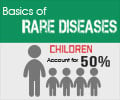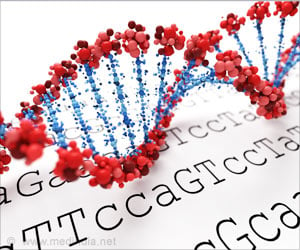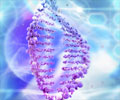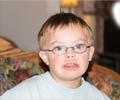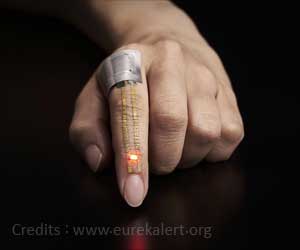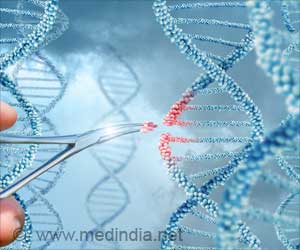New model can be used to develop screening tests for both genes and chemical compounds.
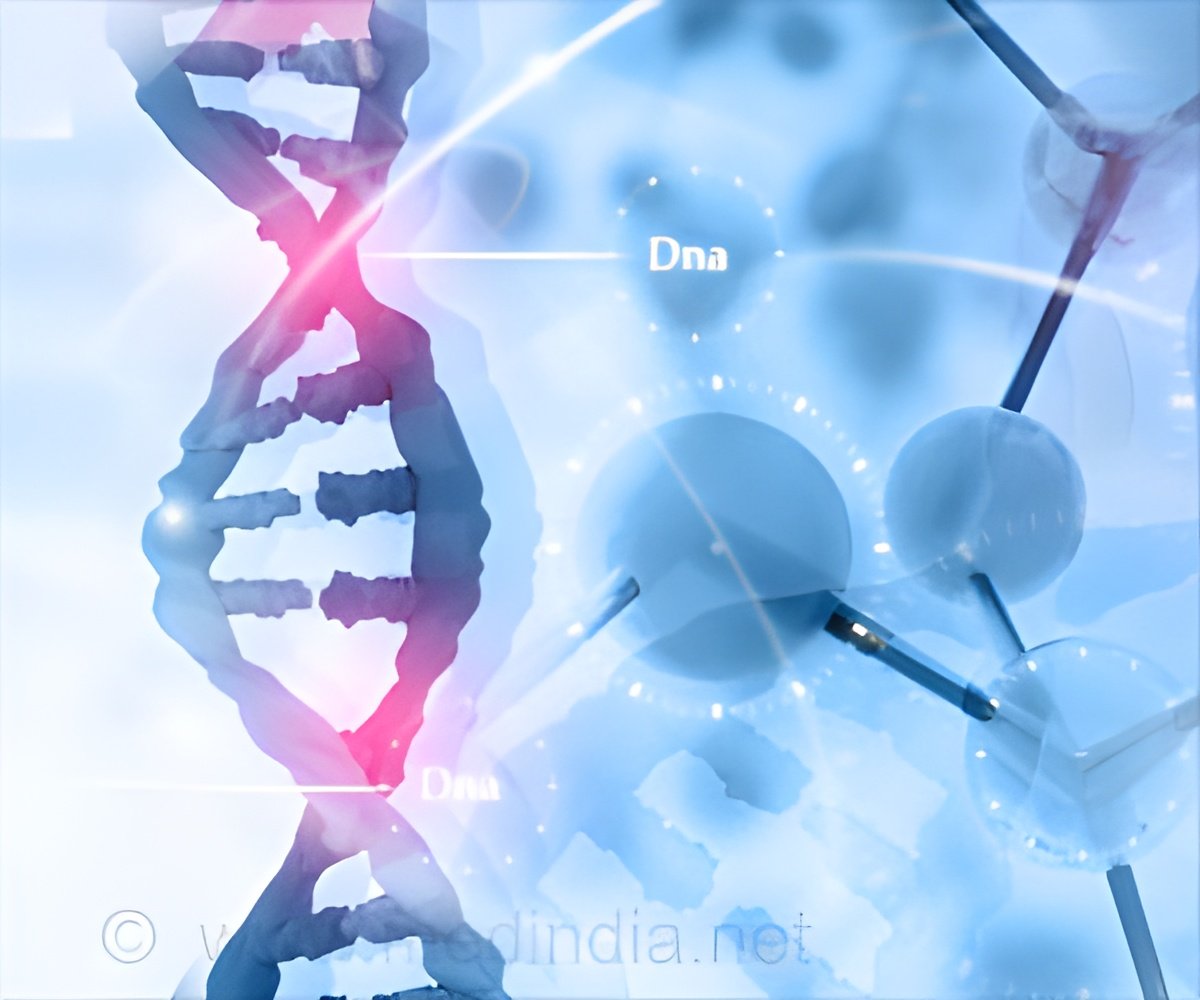
‘The new model could help reduce the high costs of drug development by ruling out compounds that are unlikely to have therapeutic benefit at an earlier stage.’





Many of the new drugs under development to treat these genetic disorders aim to boost production of these proteins. They work by making the cellular machinery less sensitive to the premature 'stop' instructions, with the aim of reducing or eliminating the patient's symptoms. The research team at the University of Bradford has come up with a new model that can be used to develop screening tests for both genes and chemical compounds, published in the journal Human Molecular Genetics. They believe this could help scientists more effectively spot promising targets for drug development work. In their model, a compound needs to by-pass the pre-mature stop instruction only once in order to be useful in the treatment of genetic disorders. Importantly, the compounds would not bypass all stop signals, as this could allow harmful proteins to be generated. Dr Talat Nasim, leading the research, explains: "Our model acts like a simple roadside checkpoint. Compounds which can fulfil certain criteria will enable some proteins to get past the pre-mature stop signal. Even a small amount of the right proteins would be enough to give some therapeutic protection, and that would lessen the symptoms of the disorder. Our model does not support the translational machinery to be re-programmed in such a way that it by-passes all stop signals. This would potentially generate proteins with many more mutated amino acids.
The team has also developed a number of more accurate cell-based screening assays based on this model. Using these techniques, they have screened hundreds of genes and have already identified two that are involved in the translation process and that could be targeted for drug development. The researchers have also screened more than 1000 existing FDA approved drugs collected by the National Institute of Neurological Disease Syndrome (NINDS) to see if they could be repurposed to treat genetic disorders caused by nonsense mutations - though none were shown to have any potential in this regard .
Additionally, the team has tested a compound called PTC124, first discovered in 2007, and reported in the journal Nature. The compound has been shown to boost production of the dystrophin protein in young patients with Duchenne muscular dystrophy caused by nonsense mutations. It is thought that PTC124 does this by making the cell by-pass the premature stop signal. Using the new methods, however, the researchers found that the compound does not work in this way. According to Dr Nasim the compound, developed under the brand name Translarna, may benefit patients via other mechanisms. The drug has conditional approval from the European Medicine's Agency. It is currently available in the UK and has been recommended as a treatment for young DMD patients with nonsense mutations by the National Institute for Health and Care Excellence (NICE). In the US, however the Food and Drug Administration has refused to grant a licence for the drug.
Dr Nasim believes the model developed by his team could help reduce the high costs of drug development work in this area by ruling out compounds that are unlikely to have any therapeutic benefit at an earlier stage in the process.
Advertisement
Source-Eurekalert

